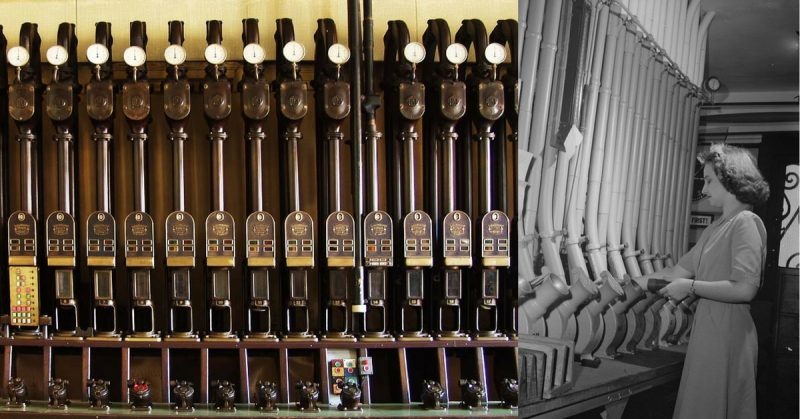It is often quite difficult to grasp the pre-internet world of information transmission.
Since the 21st century brought various means to send messages which almost instantly arrive at their receiver, we often forget how creative were the people in the past who had to apply a great effort in order to achieve any results.
One of the inventions which certainly has made a difference in the world of postal service was the Pneumatic Tube Transport, or simply PTT. It is an information transport system that utilizes metal tubes through which a capsule containing a letter travels using compressed air or partial vacuum. The invention dates back to 1836 and is credited to a Scotish engineer called William Murdoch.
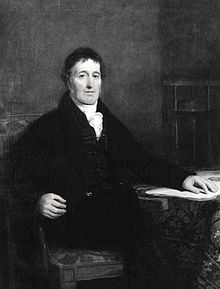
Soon, the pneumatic tube transport took over Queen Victoria’s Empire. It served to transport telegrams from a nearby building to the post office, from where they would be sent further. The system became a posh novelty that soon was a symbol of every respected household.
It wasn’t long until the pneumatic tube reached continental Europe. Soon, Paris, Vienna, and Berlin had their own PTT systems which were a must-have for every true European metropolis.
With a small delay, it reached Prague, today’s capital of Czech Republic, which was then part of the Austro-Hungarian Empire. A specially designed post-office capable of receiving letters via PTT was constructed in 1889. Prague became the fifth city in the world after London, Paris, Vienna and Berlin to receive such advanced technology.
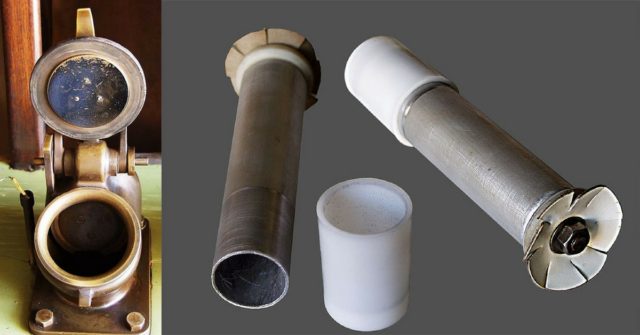
This remains the world’s only preserved post office which still contains a municipal pneumatic tube system. It was rendered inoperative following the massive floods that had hit Europe in 2002. Ever since the system has been under partial repair but remained unfunctional.
The Prague PTT still has pipeline networks throughout the Old Town, one of them being 5 kilometers long. The longest pipe connects the Main Post Office on the Wenceslas Square in the city center, next to the Prague Castle, the traditional seat of highest government officials including the President of the Czech Republic.
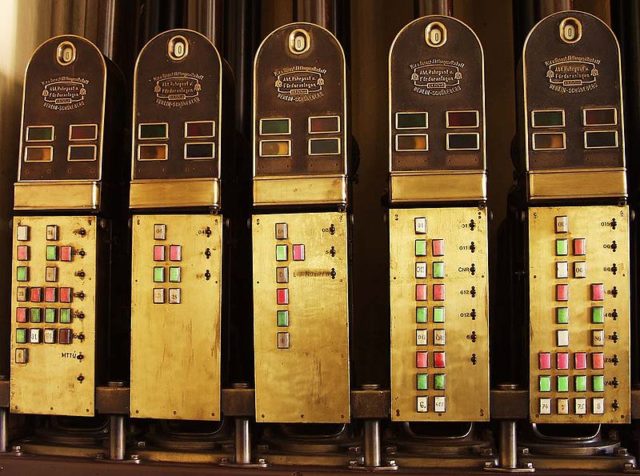
The pipes were made of steel and welded together, creating an underground web that connects the city’s central institutions directly to the post office on the Wenceslas Square. They also include tight couplers that are 14 cm long and designed in order to ensure perfect coaxial alignment, as this was necessary for the capsule to travel uninterruptedly.
Today’s network of pipes in Prague totals around 55 km length. It consists of five main lanes which include 24 pneumatic post stations.
Each lane had its engine unit which was responsible for propelling the capsule by using an electrically-powered air pump. The pumps create either air pressure or vacuum depending on whether it is meant to send a package or receive one.
These pipes served throughout the 20th century, supporting a massive capsule traffic which was very active until the 1970s. The capsule also played a major role during the 1945 Prague Uprising against the Germans, when the PTT system was used to deliver information to the besieged building of the Czech Radio.
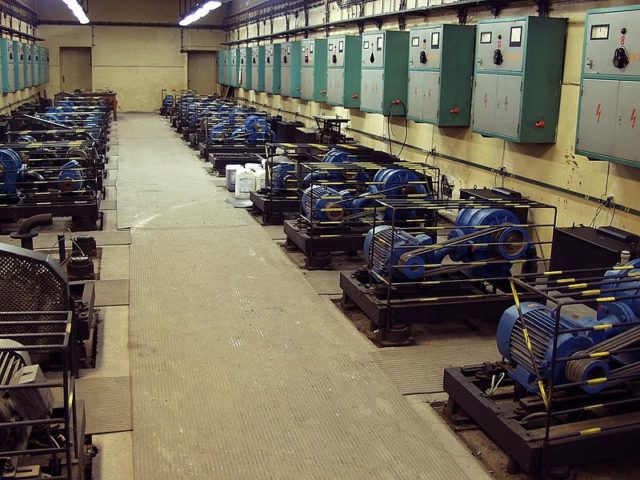
Even though the pneumatic system remains in use inside institutions such as libraries, it has lost its former role as a communicational tool which spanned through an entire city. The Prague Pneumatic Tube Transport has been in the ownership of the Telefónica O2 Czech Republic, a major mobile operator, until 2012.
Today it is owned by a businessman Zdeněk Dražil who is also a pneumatic tube enthusiast. Dražil promised to bring the system back to use and turn it into a tourist attraction, but the Prague PTT remains unfunctional to this day.
